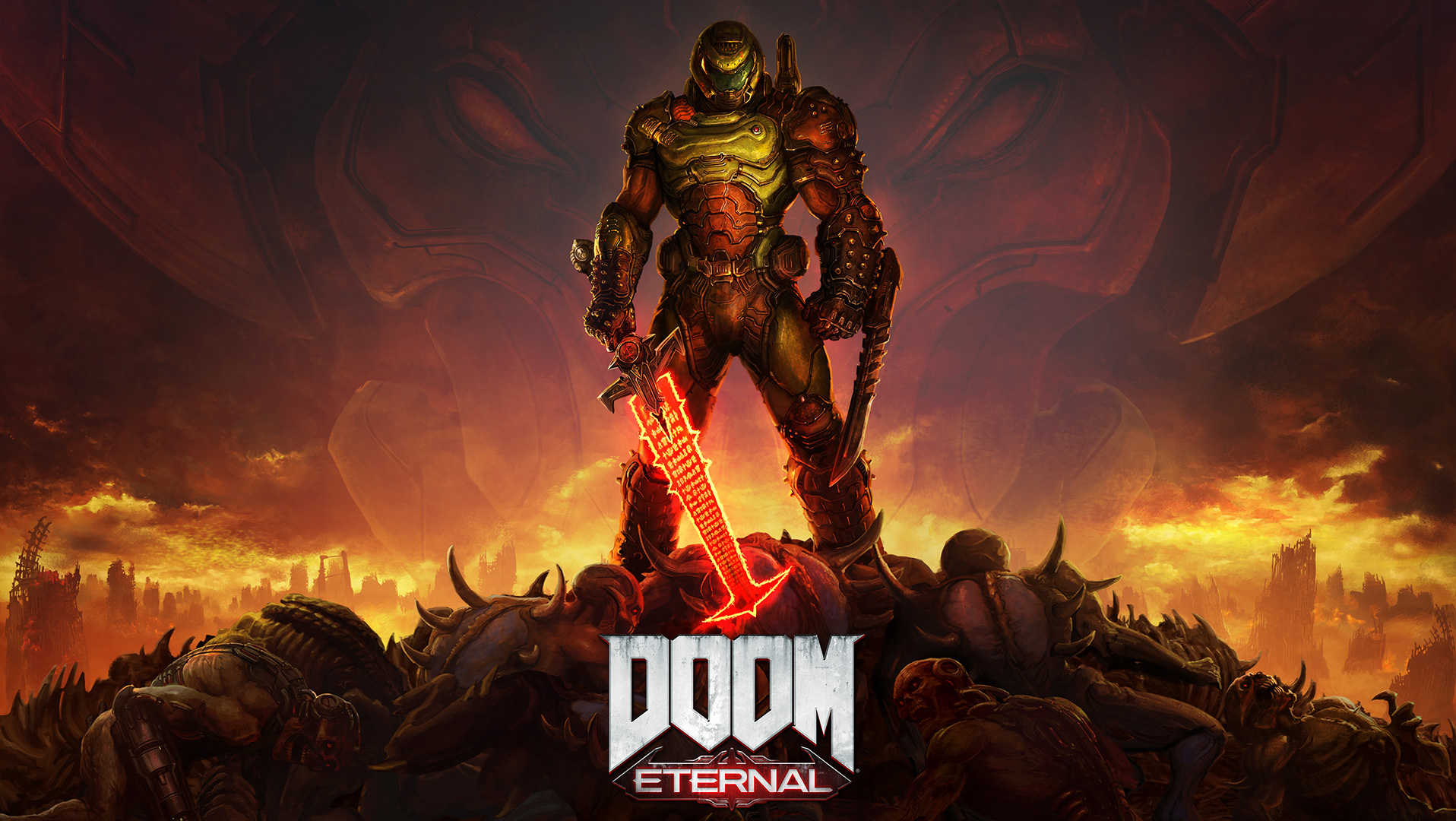Borderlands 3 - User Experience Researcher
First-person looter shooter | PC, Xbox, PlayStation | Unreal Engine 4
Borderlands 3 is a chaotic, loot-driven FPS-RPG hybrid known for its over-the-top combat, layered progression systems, and vast open-world environments. As a User Experience Researcher, I played a key role in analyzing player behavior and engagement to improve gameplay balance, optimize loot systems, and enhance progression pacing while maintaining the franchise's signature energy and unpredictability.
My Role: User Experience Researcher
As a User Experience Researcher on Borderlands 3, I was responsible for analyzing player behavior to inform design decisions around game balance, loot systems, and progression pacing. I utilized SQL to query large-scale telemetry datasets and conducted A/B testing and heatmap analysis to uncover player pain points and engagement patterns.
Case Study - The Weight of Too Much Treasure
Background
In Borderlands 3, loot is the heartbeat of the experience. Guns rain from the sky, each with randomized stats, elements, and weapon behaviors that could turn any ordinary shootout into chaotic joy or overwhelming noise. The franchise is beloved for this abundance, but it posed a fascinating UX dilemma:
When does “more loot” stop being rewarding and start being numbing?
I was tasked with helping the design team answer this question, not just through intuition, but through rigorous playtesting, A/B experimentation, and psychological insight into player motivation and engagement cycles.
The Problem
Midway through development, some players reported “inventory fatigue”, a creeping sense that, despite the dopamine bursts from opening chests or defeating mini-bosses, they were starting to tune out the rewards.
Others, especially new players, felt overwhelmed, paralyzed by too many options, unsure what to equip, and disengaging from loot-driven side quests altogether.
This tension sparked our central UX inquiry:
Could we restructure the loot system to increase session engagement without reducing surprise, excitement, or player agency?
The Experiment
We ran an A/B/C test across three player cohorts:
• Group A (Control): Kept the existing loot economy (frequent, randomized).
• Group B (Balanced): Implemented curated drops with better pacing and increased value differentiation (rarer, more meaningful).
• Group C (High Generosity): Flooded the system with high-tier drops and stacked world loot modifiers.
• Group B (Balanced): Implemented curated drops with better pacing and increased value differentiation (rarer, more meaningful).
• Group C (High Generosity): Flooded the system with high-tier drops and stacked world loot modifiers.
We tracked metrics via SQL-based telemetry queries on:
• Session length
• Time spent comparing/equipping items
• Frequency of inventory openings
• Quest abandonment rates
• Time spent comparing/equipping items
• Frequency of inventory openings
• Quest abandonment rates
Mock SQL Query
What We Discovered
Group C showed the highest initial engagement, session times spiked, inventory screens lit up with constant activity.
But after multiple sessions, that same group showed the steepest drop-off. Players were less likely to finish side quests or explore optional content. Many began skipping loot entirely, visually identifying rarity without engaging in comparison or customization.
Conversely, Group B had slightly shorter sessions, but higher mission completion and retention across multiple play windows. These players made more thoughtful decisions, took longer to equip gear, and reported higher enjoyment scores in post-play interviews.
The Insight
This reinforced a key psychological UX principle:
Perceived value increases when players earn something just outside their reach, not when they drown in rewards.
Too much loot diluted player agency. The effort of comparing became cognitive noise. In contrast, when items were slightly rarer but more differentiated, players paid more attention, celebrated small wins, and made more satisfying decisions.
We weren’t just tuning a drop rate, we were crafting a rhythm of desire, discovery, and reward.
Implementation
We helped the design team adopt a hybrid system:
• Curated drops tied to milestones or enemy archetypes
• A dynamic economy that scaled loot pacing with player behavior (e.g., inventory space, recent activity)
• Reduced "junk loot" and increased visual/audio feedback for rare finds
• A dynamic economy that scaled loot pacing with player behavior (e.g., inventory space, recent activity)
• Reduced "junk loot" and increased visual/audio feedback for rare finds
This change was rolled into the main build with additional tracking and UI polish, and eventually became part of the final tuning pass before launch.
Reflection
This project taught me that player behavior isn’t just about what they do, it’s why they do it, and how it feels when they do.
Loot in Borderlands isn’t just a system. It’s a narrative engine. It tells players who they are becoming. UX research in this space meant walking a fine line between excitement and exhaustion, using both data science and player psychology to find the sweet spot.

